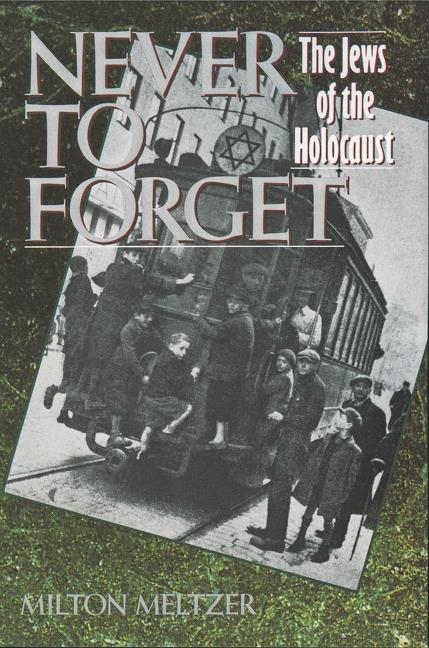Book Description
for Never to Forget by Milton Meltzer
From The Jane Addams Children's Book Award
A collection of letters, journals, diaries, songs, poems, and first-hand accounts creates a Holocaust story drawn from the words of its victims and survivors. Amid facts, numbers, charts and maps, individual acts stand out: the SS Lieutenant who tried to warn governments and resistance movements about the Nazis' extermination methods, or the twelve-year-old blonde girl who snuck Jews out of the Minsk ghetto. Taken together, all of these stories reveal the nature of resistance, the frightening efficiency of hatred, and the importance of memory. Holocaust stories have become a genre unto themselves now, and powerful stories are still published every year. But Never to Forget's emphasis on the individual and its use of primary sources ensures its status as a landmark documentary work.
The Jane Addams Children’s Book Award: Honoring Peace and Social Justice in Children’s Books Since 1953. © Scarecrow Press, 2013. Used with permission.


